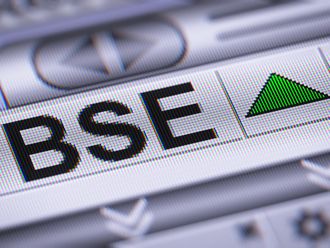Sterling
Sterling hit a fresh nine-month high against the dollar on Thursday, while gilts extended losses after the Bank of England left interest rates unchanged and made no change to its asset purchasing programme. Sterling rose more than half a cent to $1.6238 versus the dollar after the decision, its strongest since late January 2010. The euro fell to around 87.60 pence from 87.90 pence previously. Although the decision was widely expected, analysts said investors had seen a very small risk of the BoE opting to expand asset purchases under its quantitative easing programme after one policymaker, Adam Posen, voted for this last month.
Gold and copper
Gold and copper futures shot higher early Thursday, as the dollar slumped and risk appetite increased one day after the Federal Reserve detailed a $600 billion plan to boost the struggling economy. Silver rose to highest since 1980, above $25 an ounce, as drop in the dollar in wake of a fresh round of monetary easing in U.S. boosted precious metals.
Germany’s response to US’s latest move
Germany's Economy Minister Rainer Bruederle said on Thursday he was concerned that the United States was trying to stimulate growth by injecting liquidity into its struggling economy. The U.S. Federal Reserve launched a fresh effort to support the U.S. economic recovery, committing to buy $600 billion in government bonds which lifted riskier assets around the world despite concerns the programme could do more harm than good. Bruederle also said there was some truth to the criticism that the United States was influencing the dollar's exchange rate with monetary policies. He said he was also concerned about increased protectionism in different forms around the world.
US dollar
The Fed on Wednesday launched a fresh effort to support the U.S. economy, committing to buy $600 billion in government bonds, but critics fear the policy will lead to high inflation and worry that low interest rates risk fuelling asset bubbles in other. The Fed's commitment to open-ended purchases of Treasuries, implying low funding costs for a while, also plays into carry trades, in which the dollar is used to fund purchases into commodities, emerging markets and higher-yielding currencies. As a result, the dollar remained close to a 28-year low hit against the higher-yielding Australian dollar. The dollar index a gauge of its performance against a basket of currencies, eased 0.1 percent to 76.31, just above its 2010 low set in October at 76.144 and trend line support at 76.10.
Indian rupee
The Indian rupee rose on Thursday tracking a rise in domestic shares and a weak dollar but some foreign banks bought dollars, probably for refunds towards the oversubscription of Coal India's initial share sale. Shares in state-run Coal India surged 30 percent in their trading debut on Thursday after the Indian government raised $3.4 billion in the country's largest-ever initial public offering. Foreign funds who did not get an allotment of the shares were repatriating funds and thus pulled the rupee off its highs. The rupee is moving in a narrow band so far. Sentiment is mixed, there is some custodial selling and some good amount of buying by foreign banks.
Source: Richcomm Global Services, DMCC, Dubai
|
Price Update |
|
|
GOLD |
1370.66 |
|
SILVER |
25.49 |
|
EURO |
1.4241 |
|
GBP |
1.6243 |
|
YEN |
80.87 |
|
RUPEE |
44.2 |
|
AED / INR |
12.048 |
|
AUD |
1.0134 |
|
CHF |
0.9682 |
|
CAD |
1.0011 |
|
OIL - WTI) |
86.47 |
|
|
|
|
Date |
November 4, 2010 |
|
Time |
4:29:04 PM |












